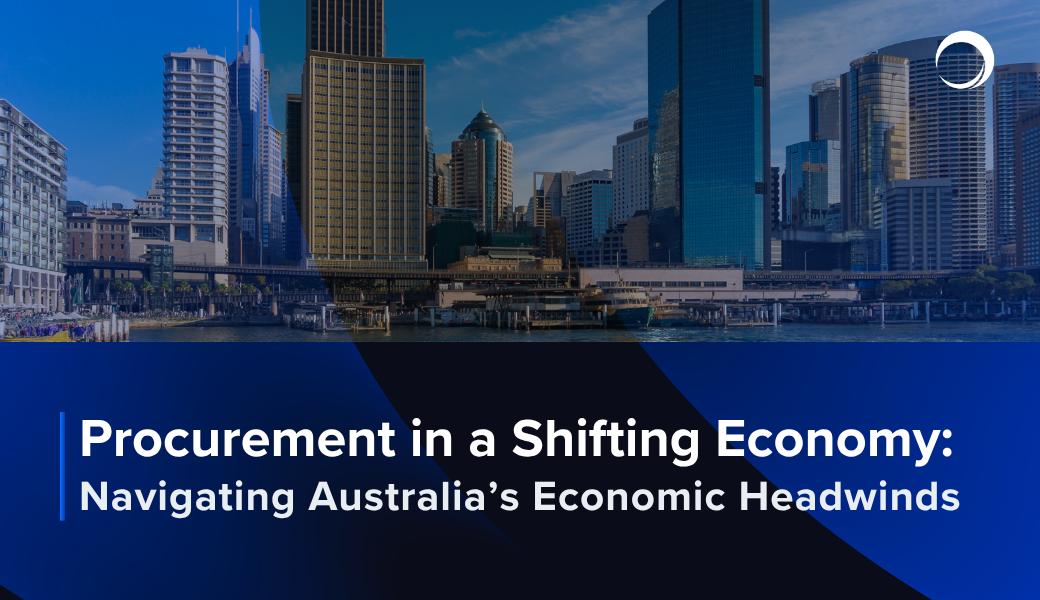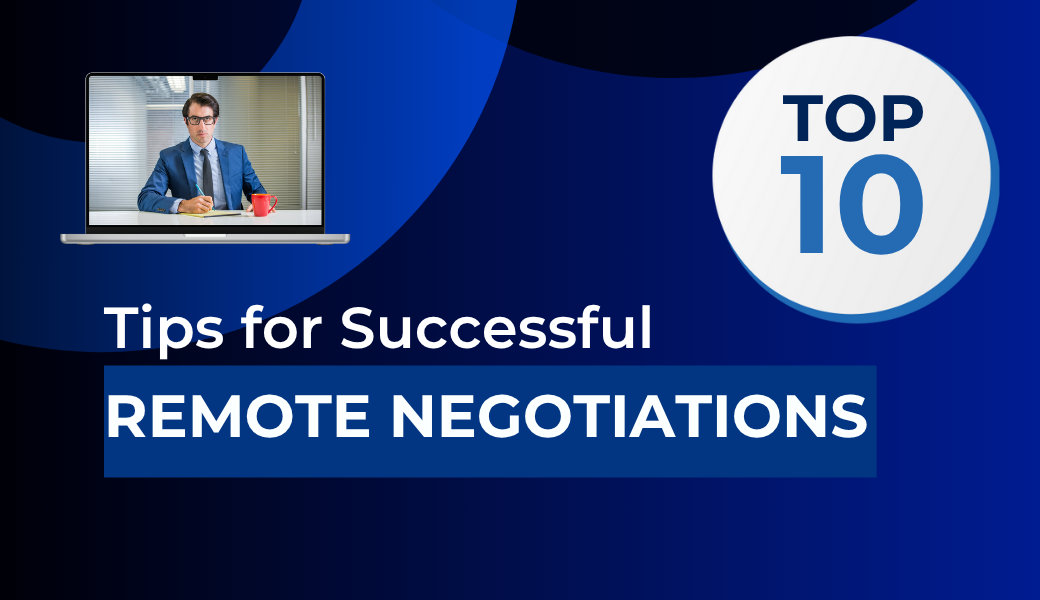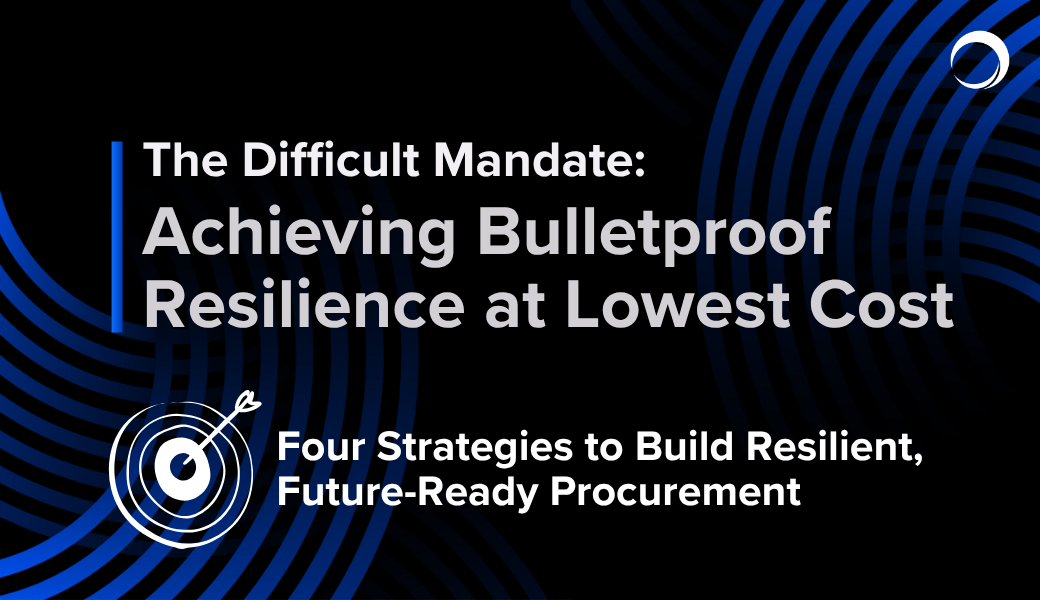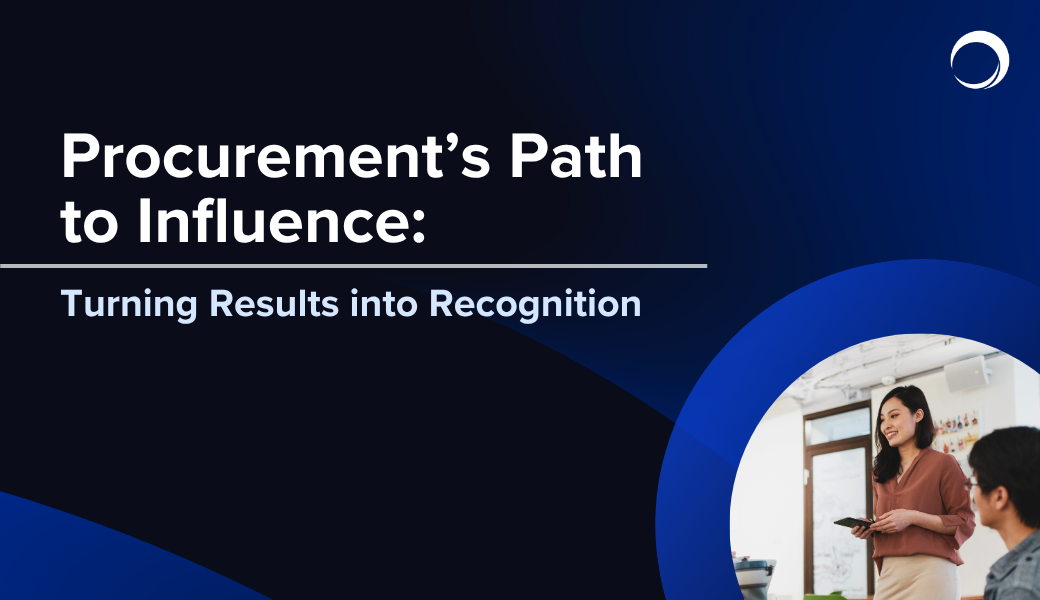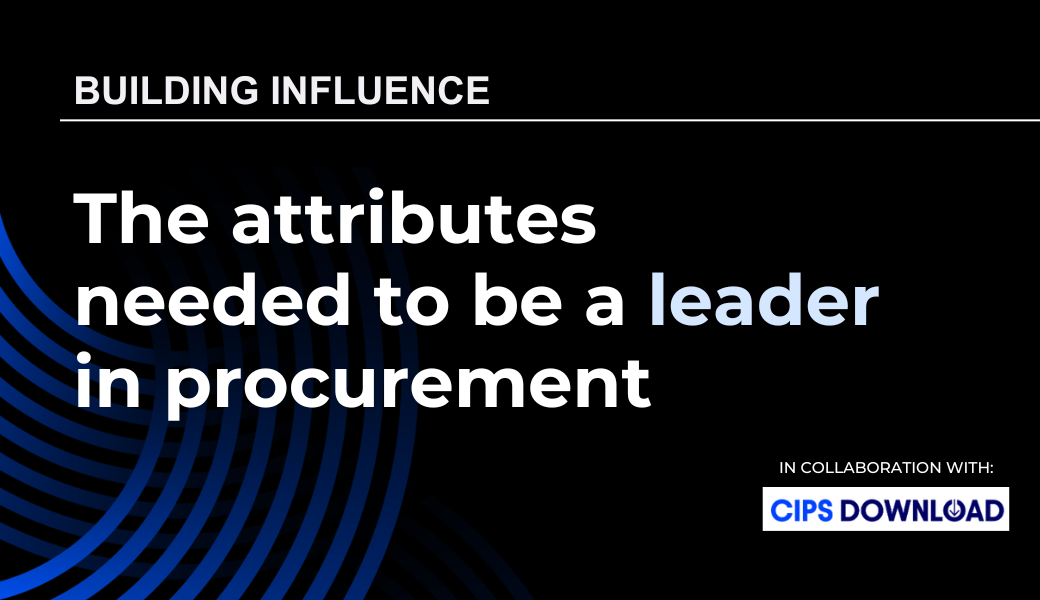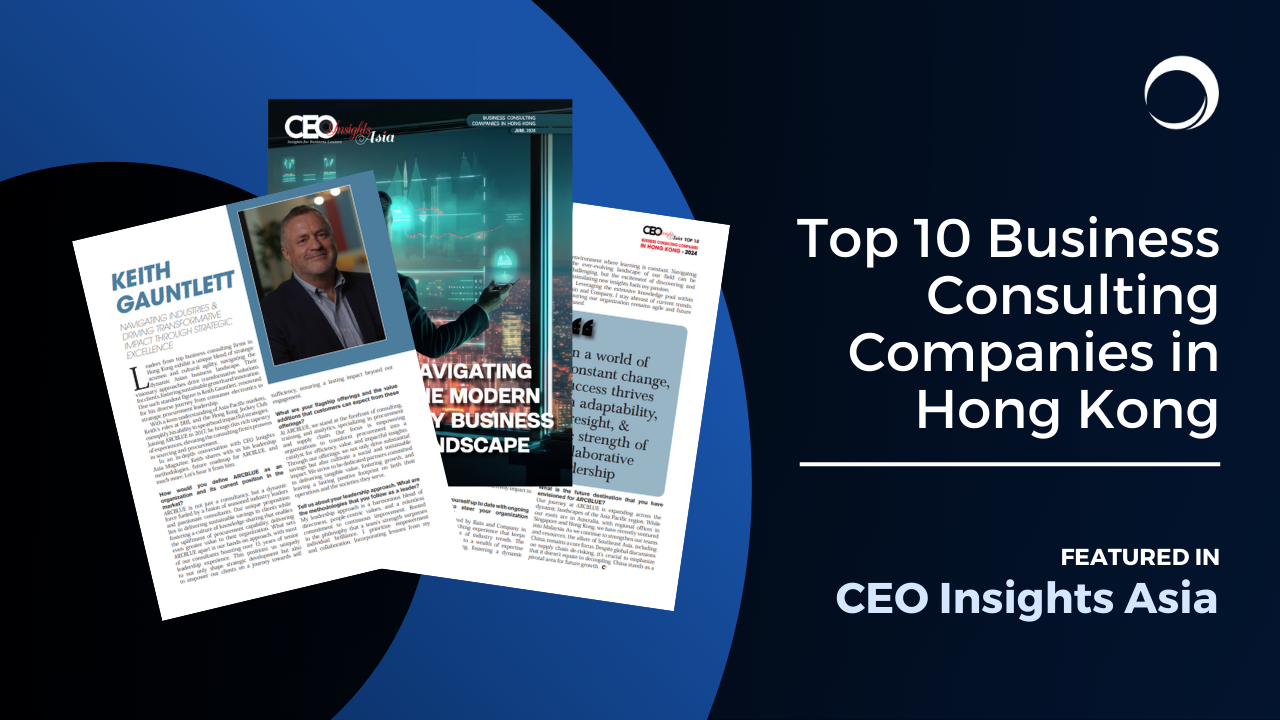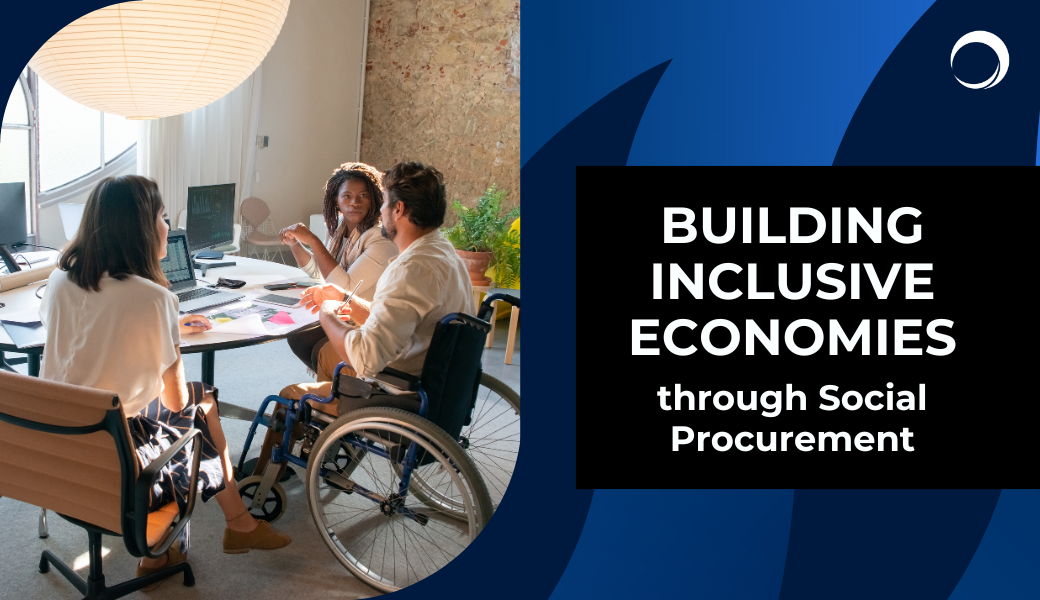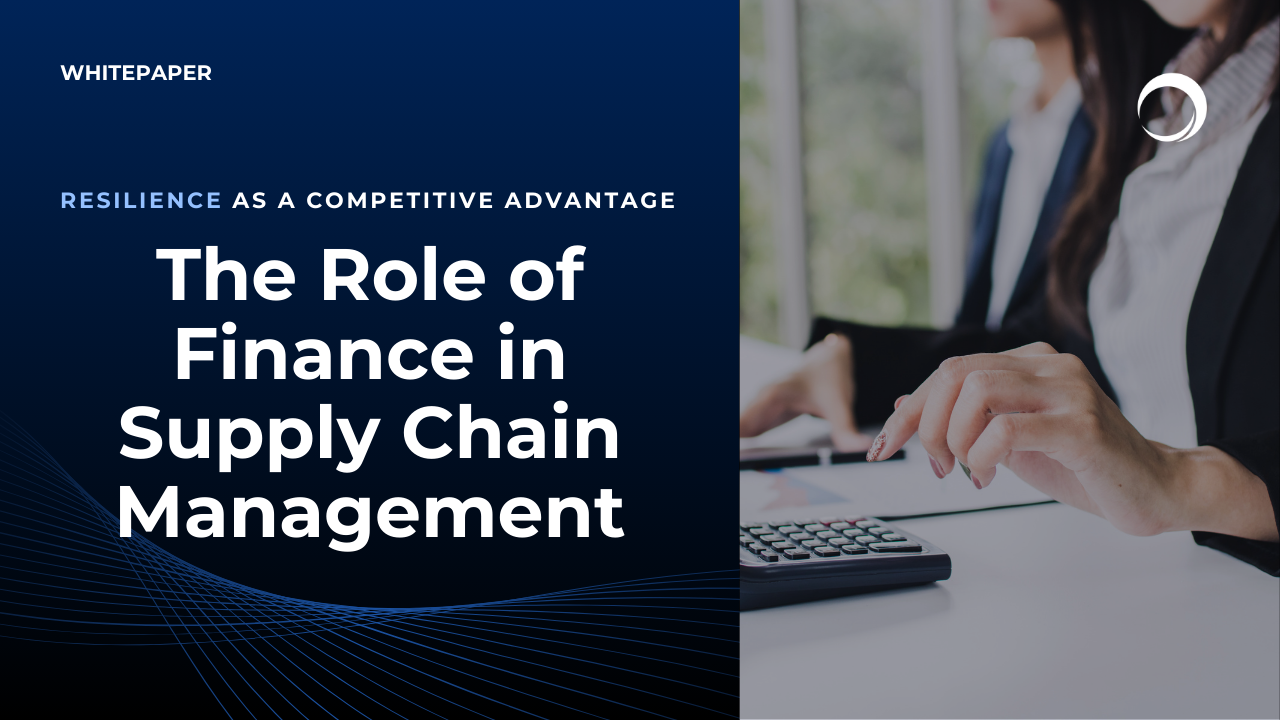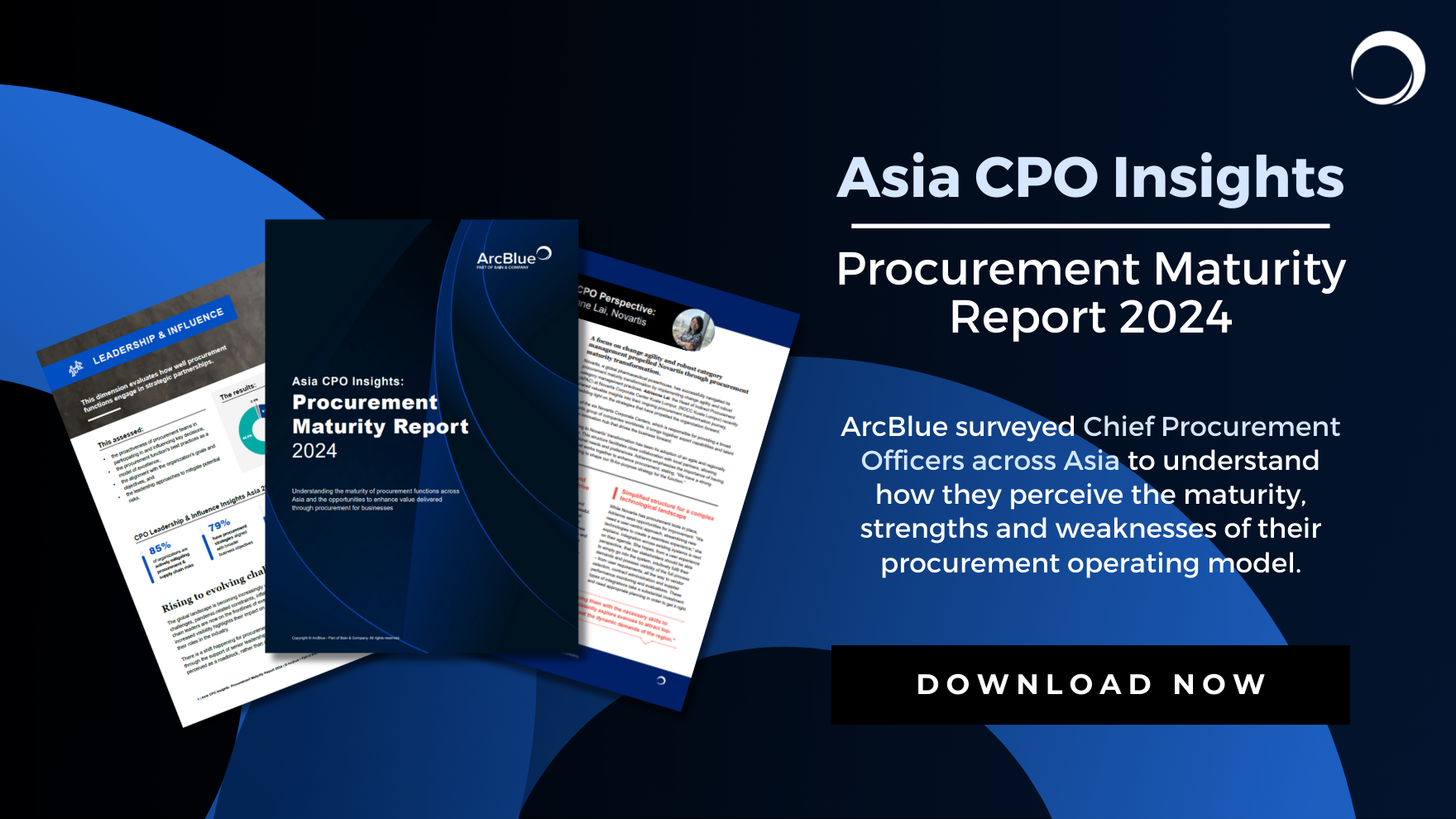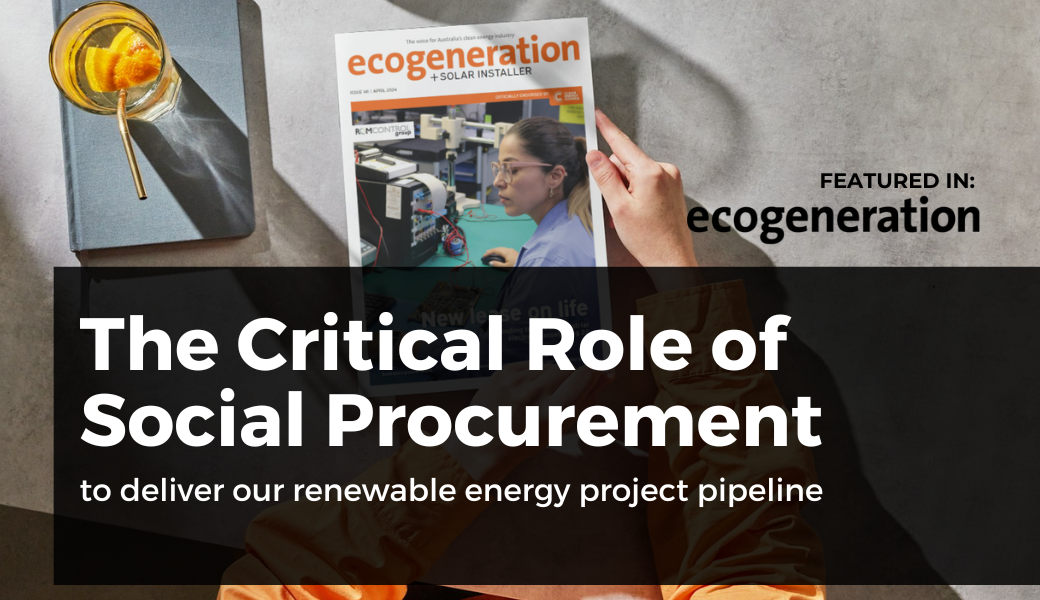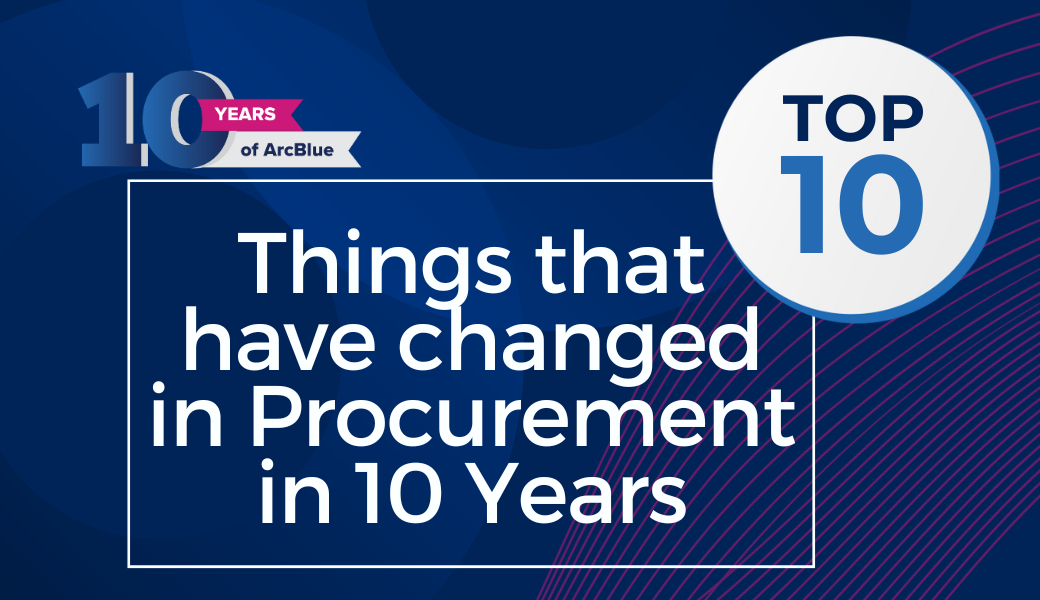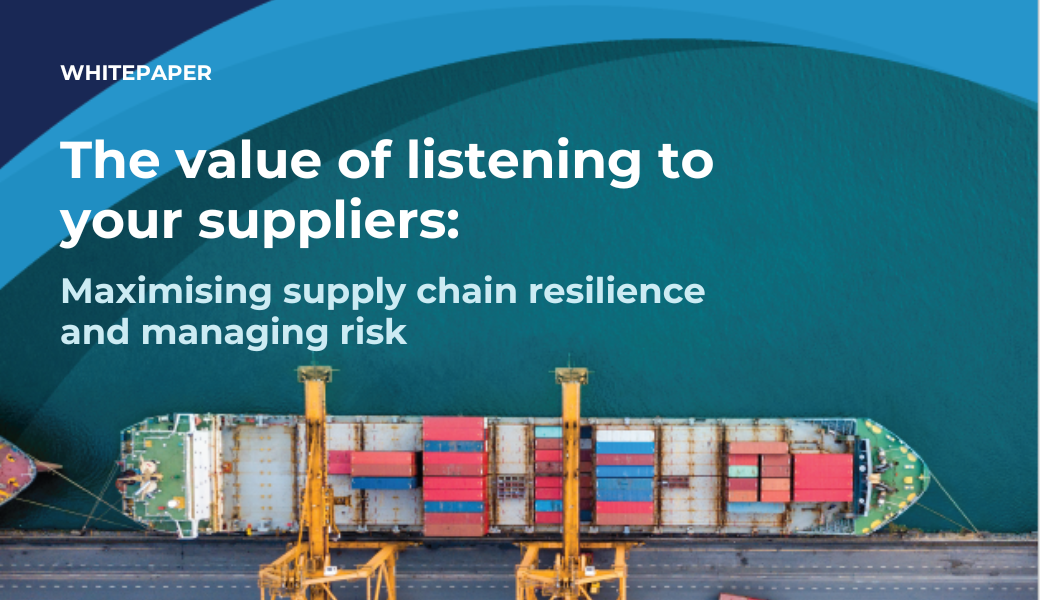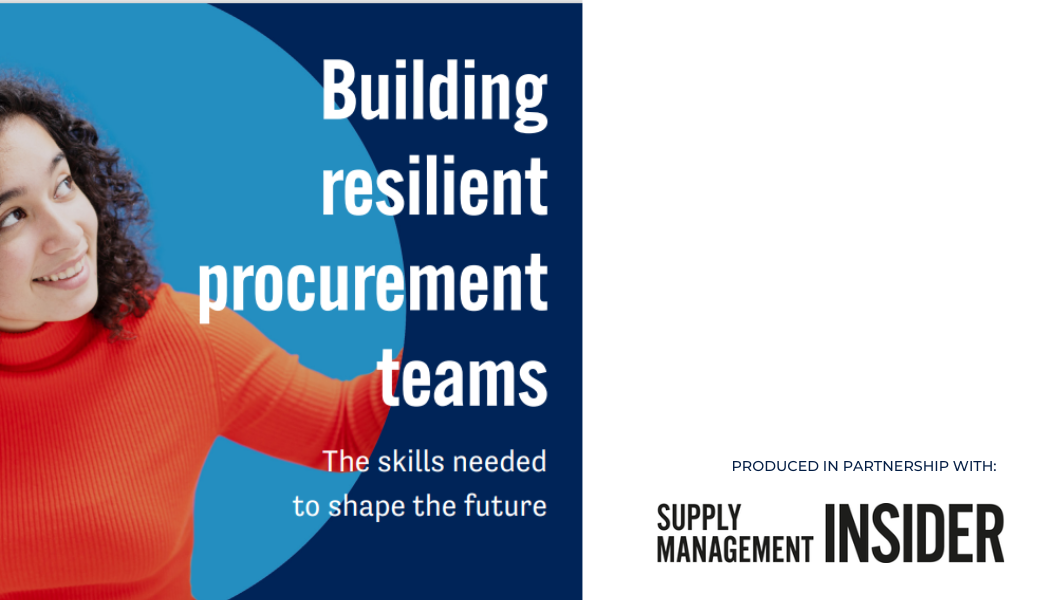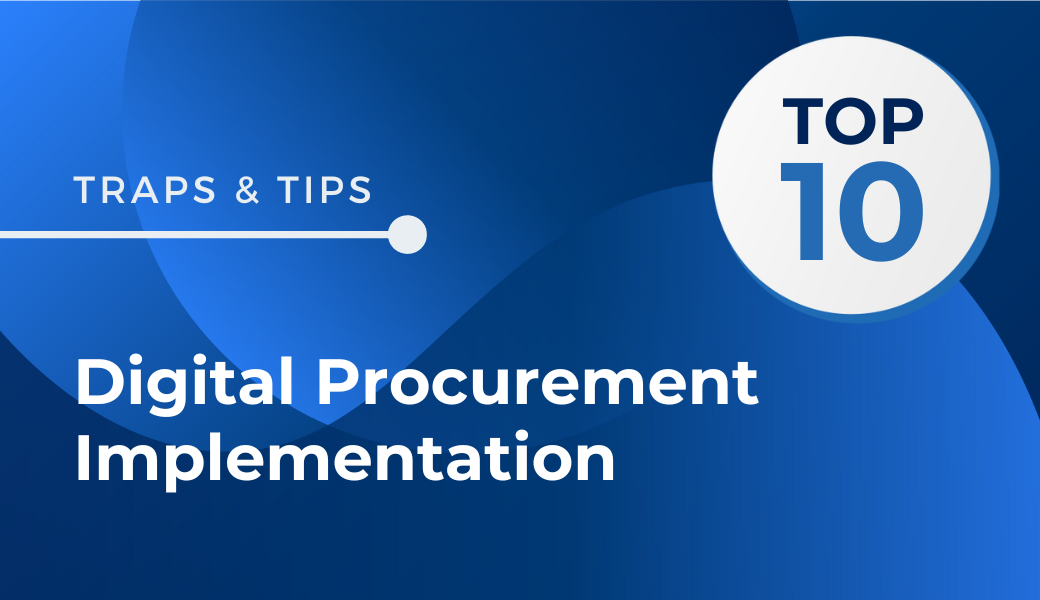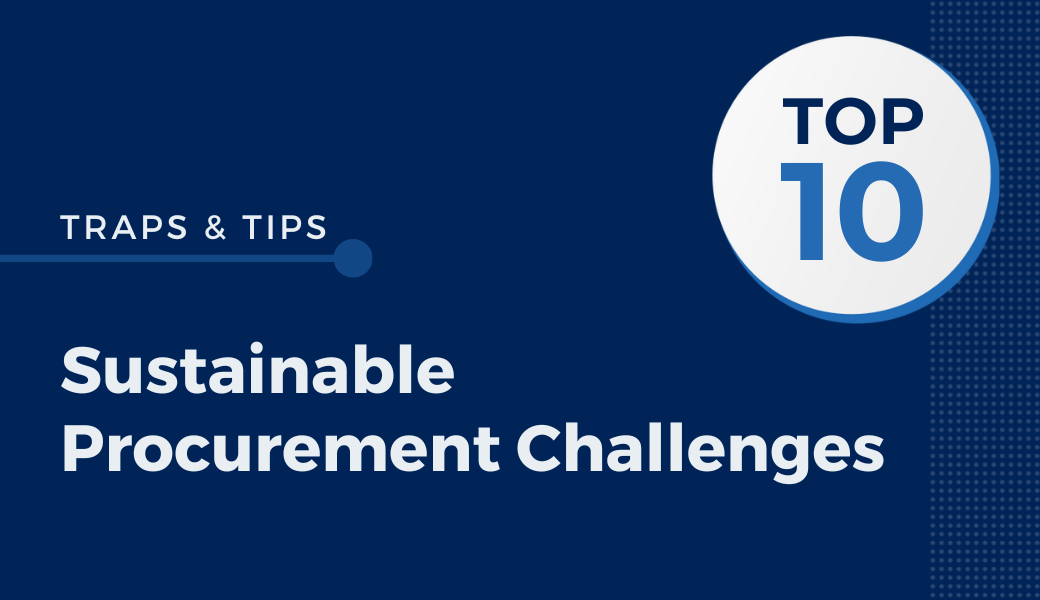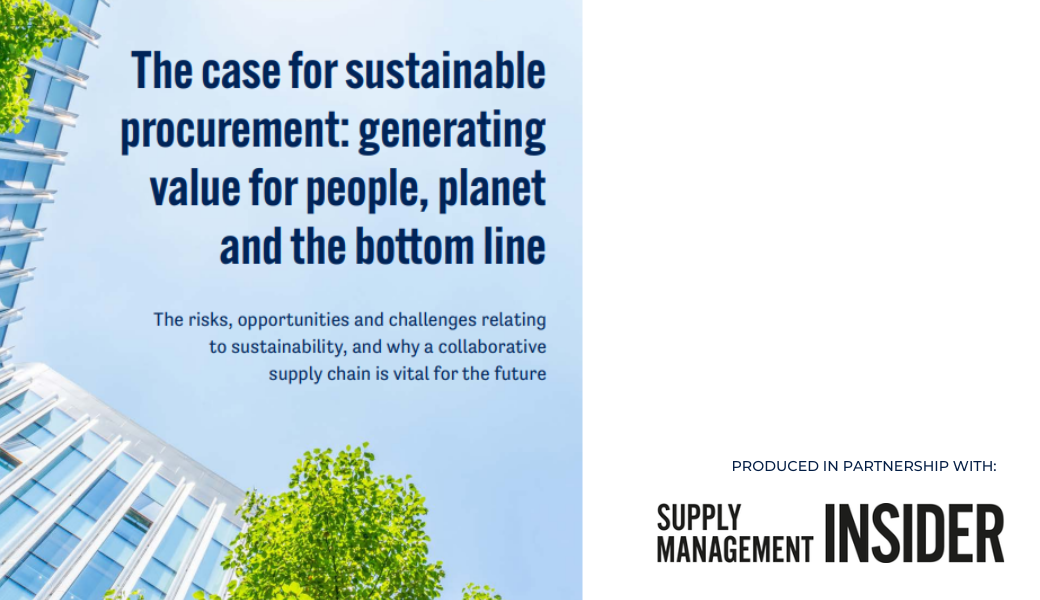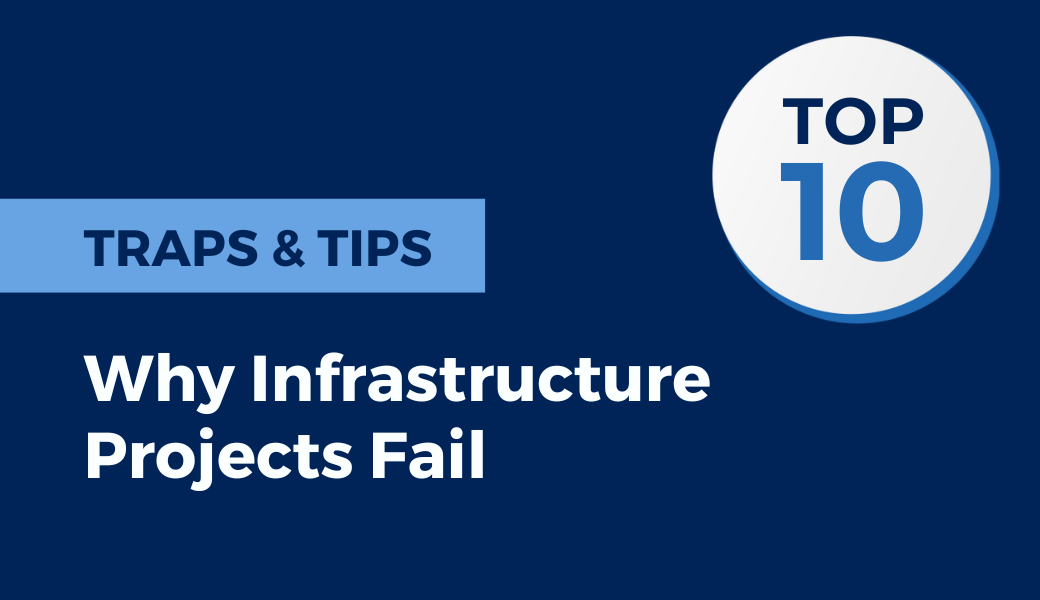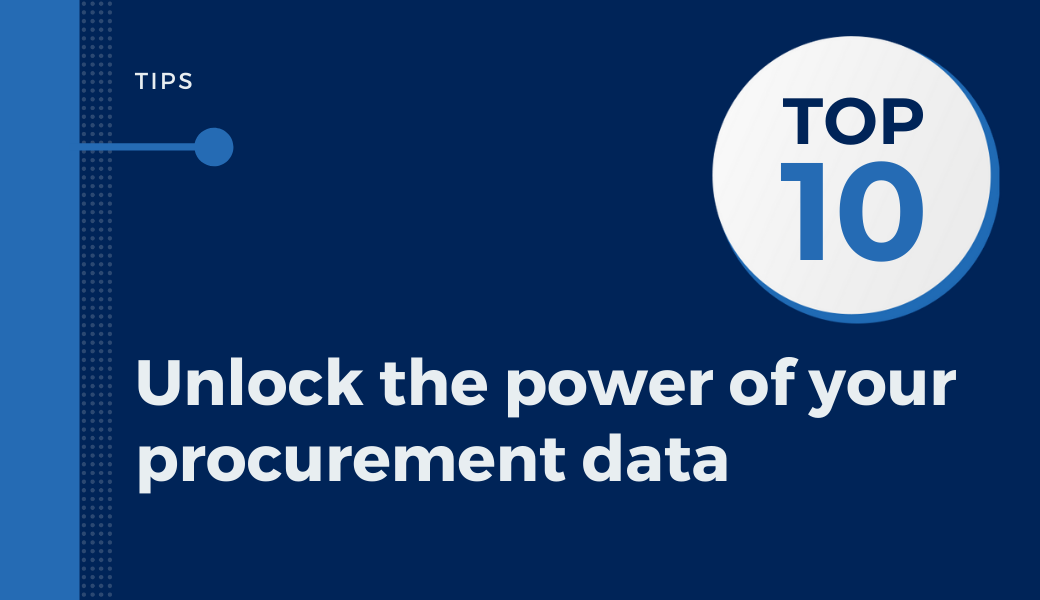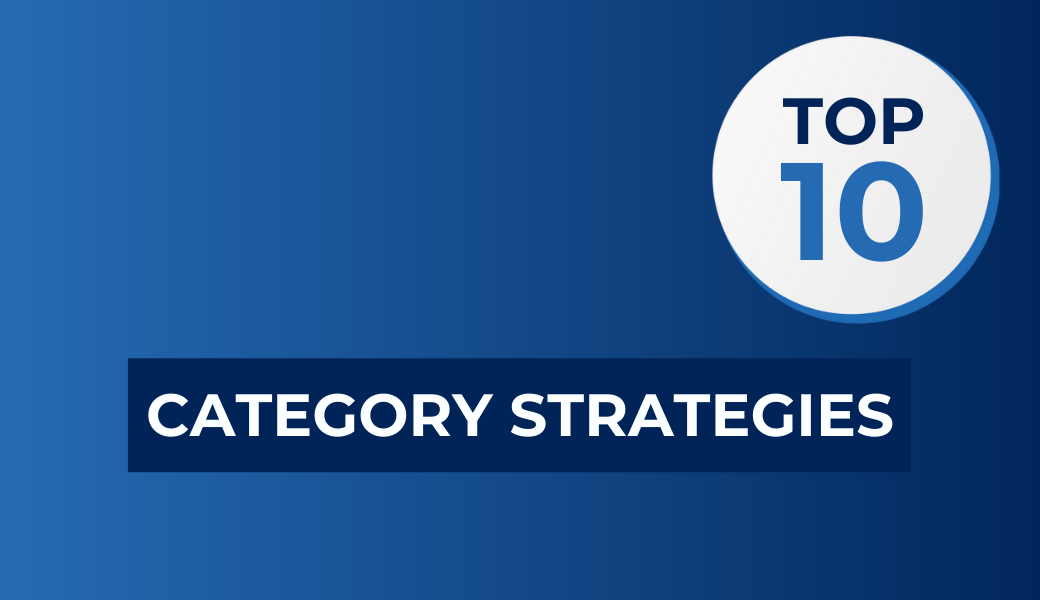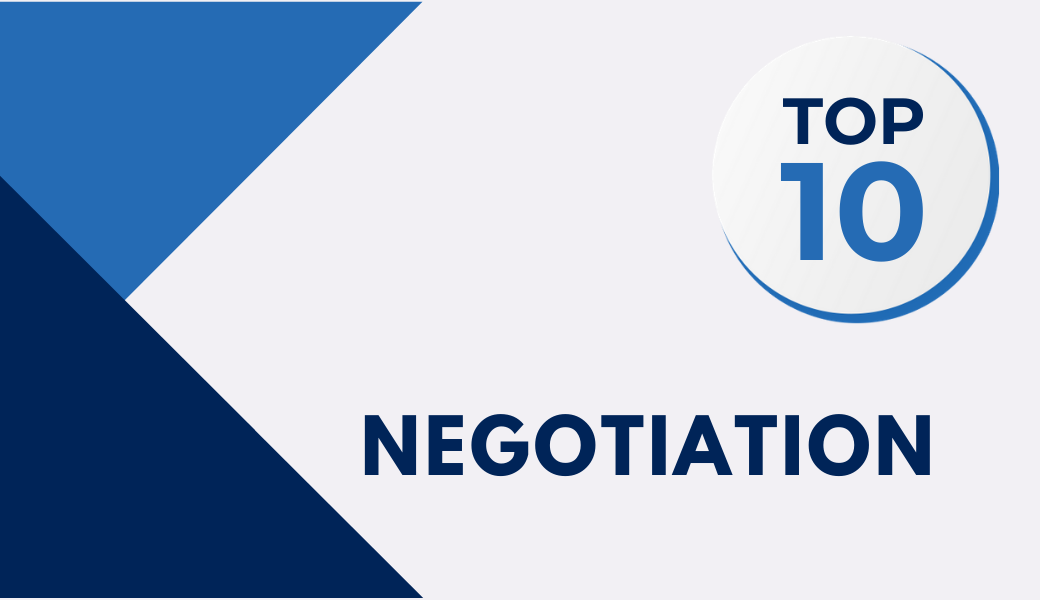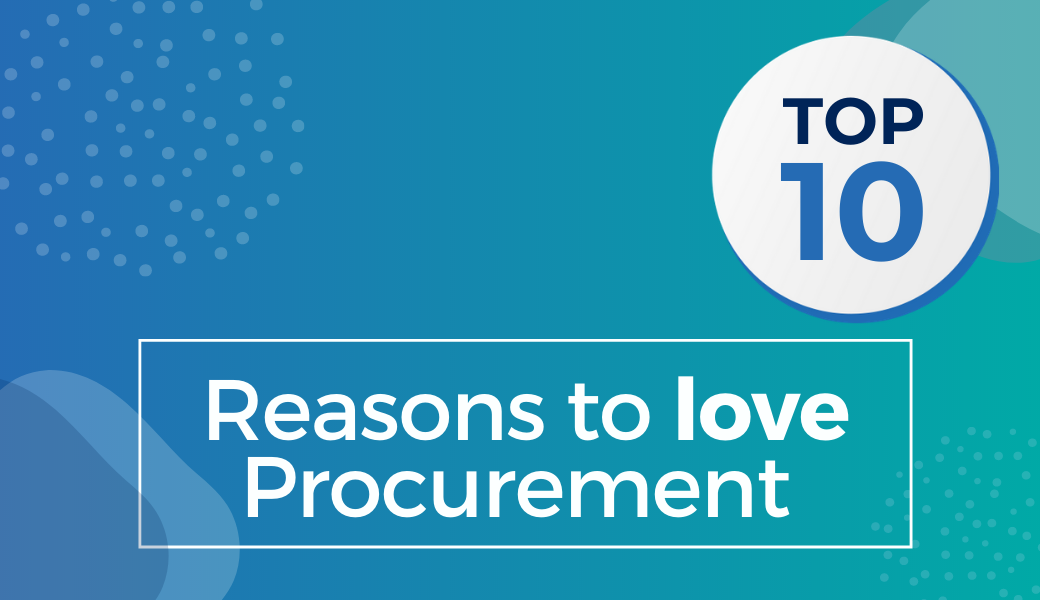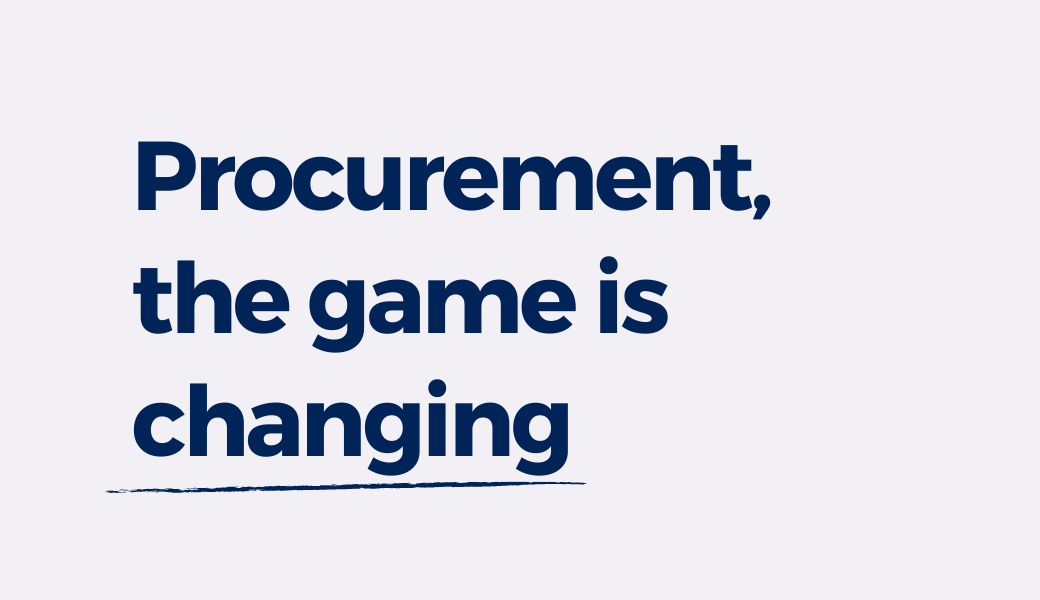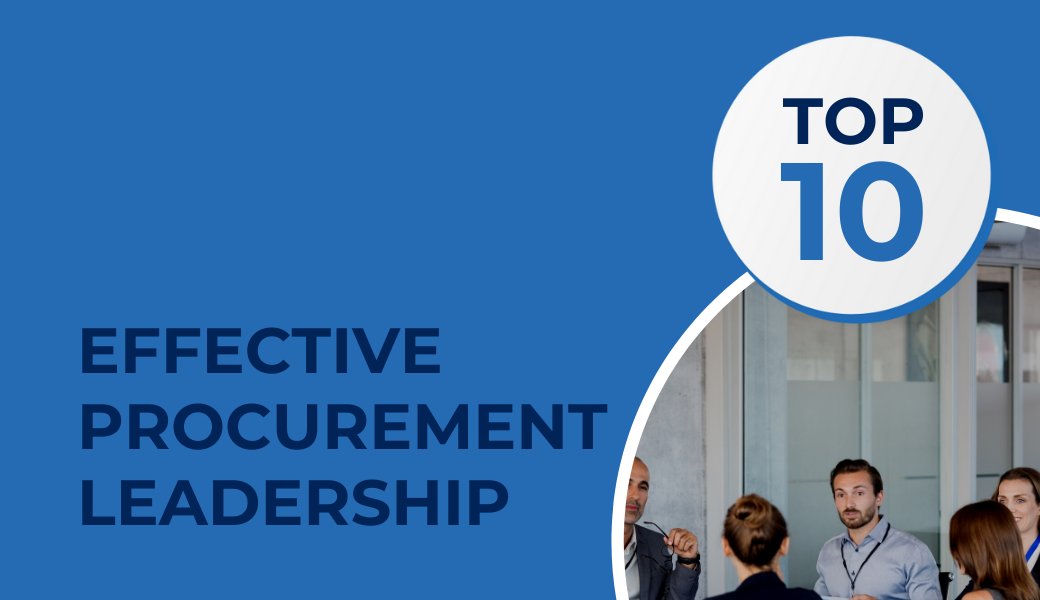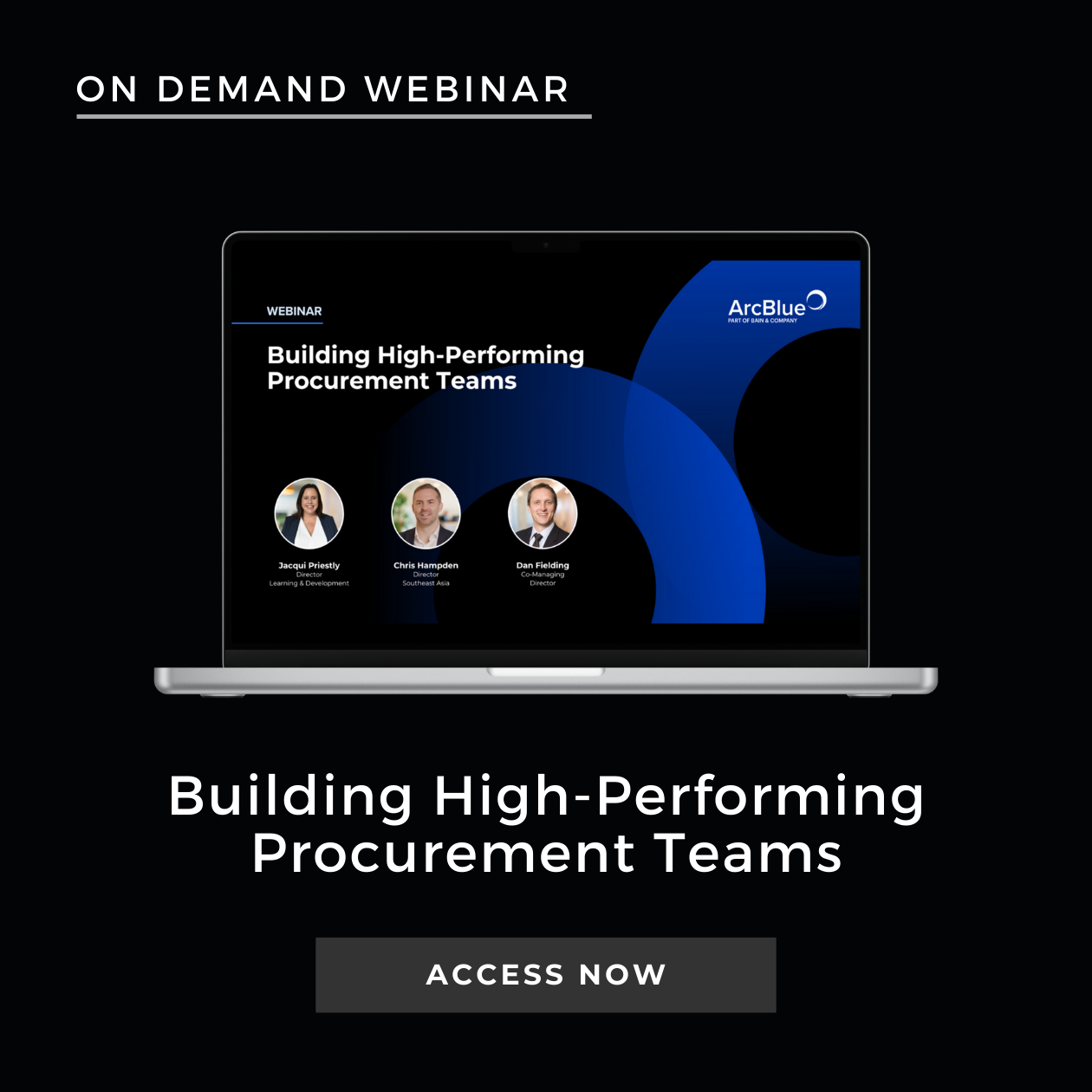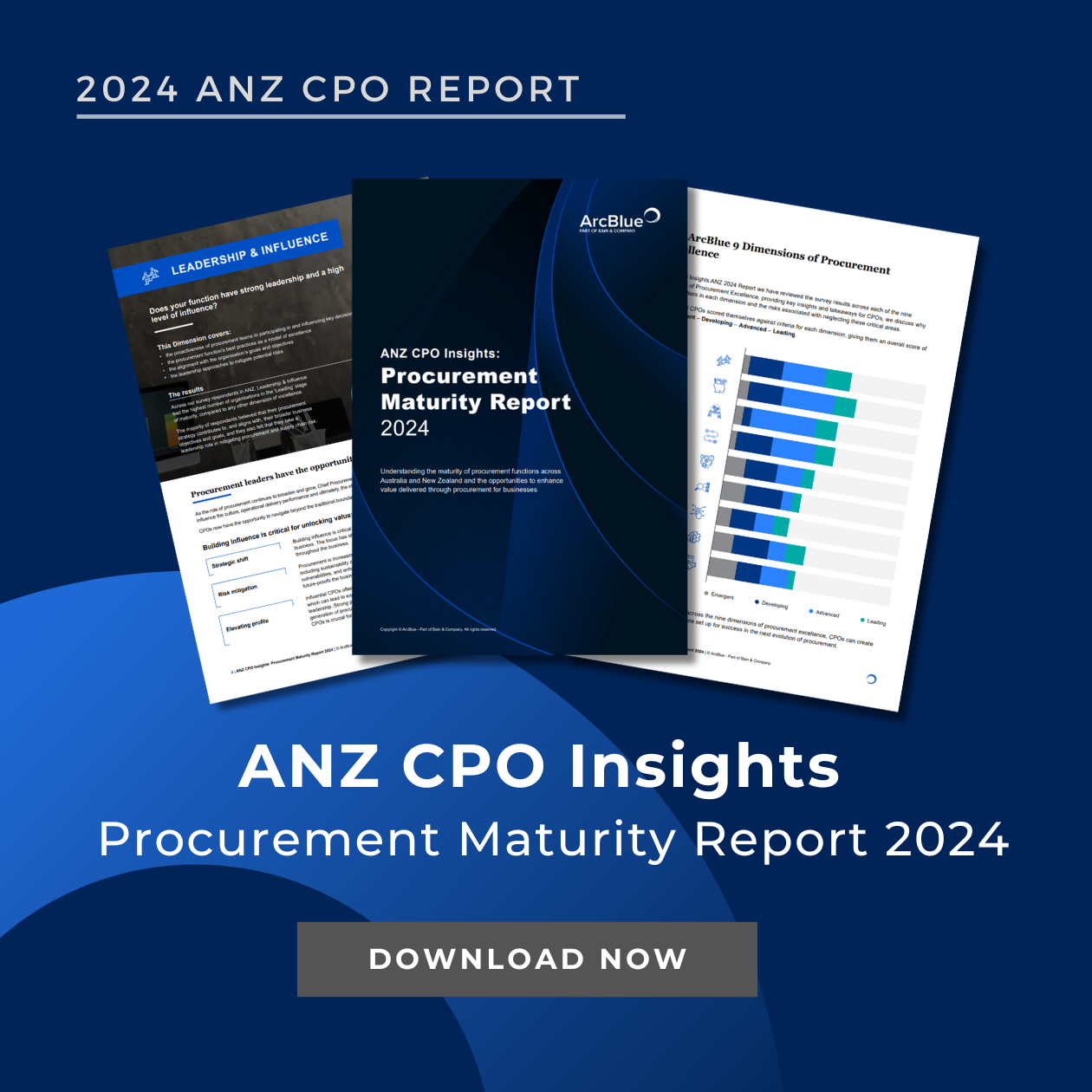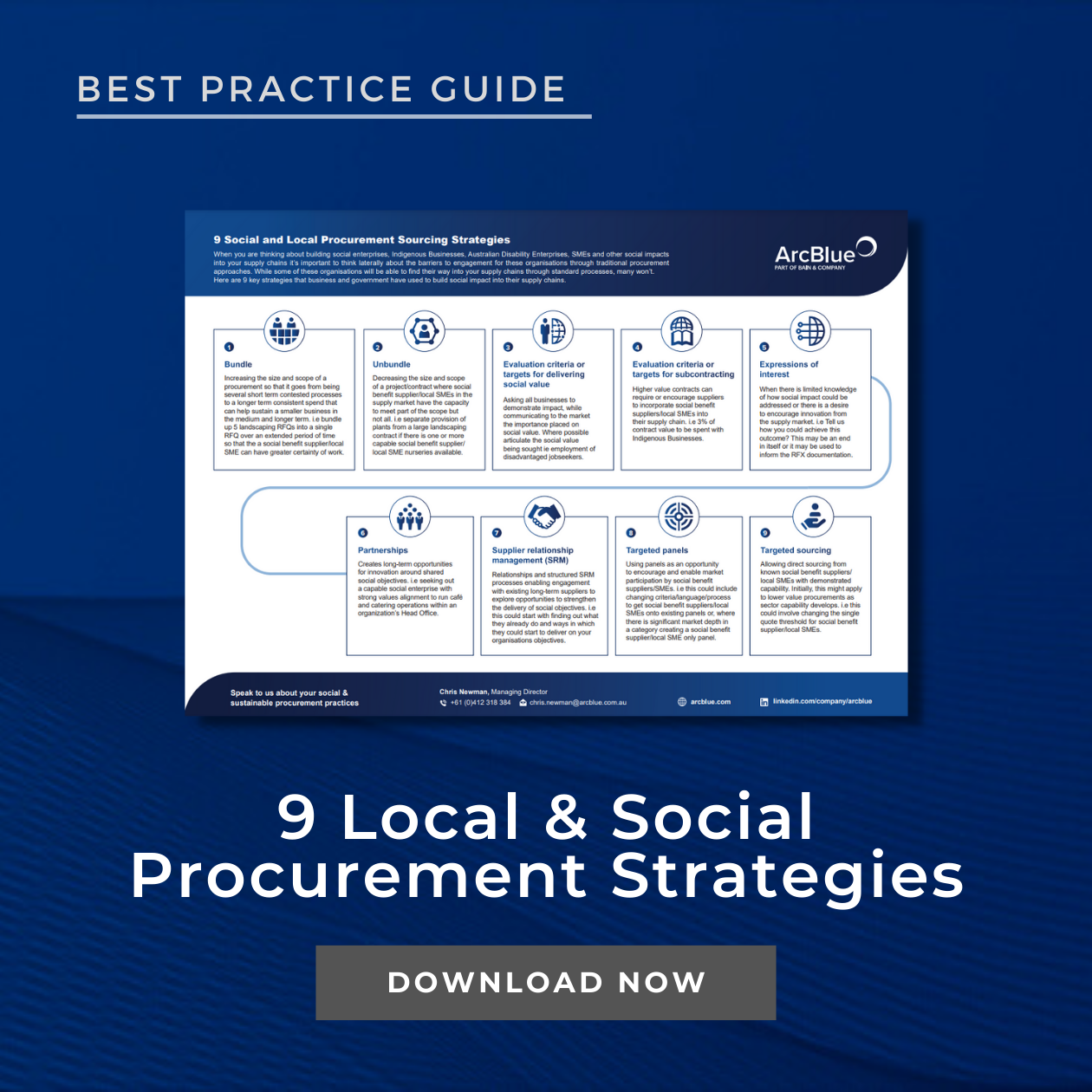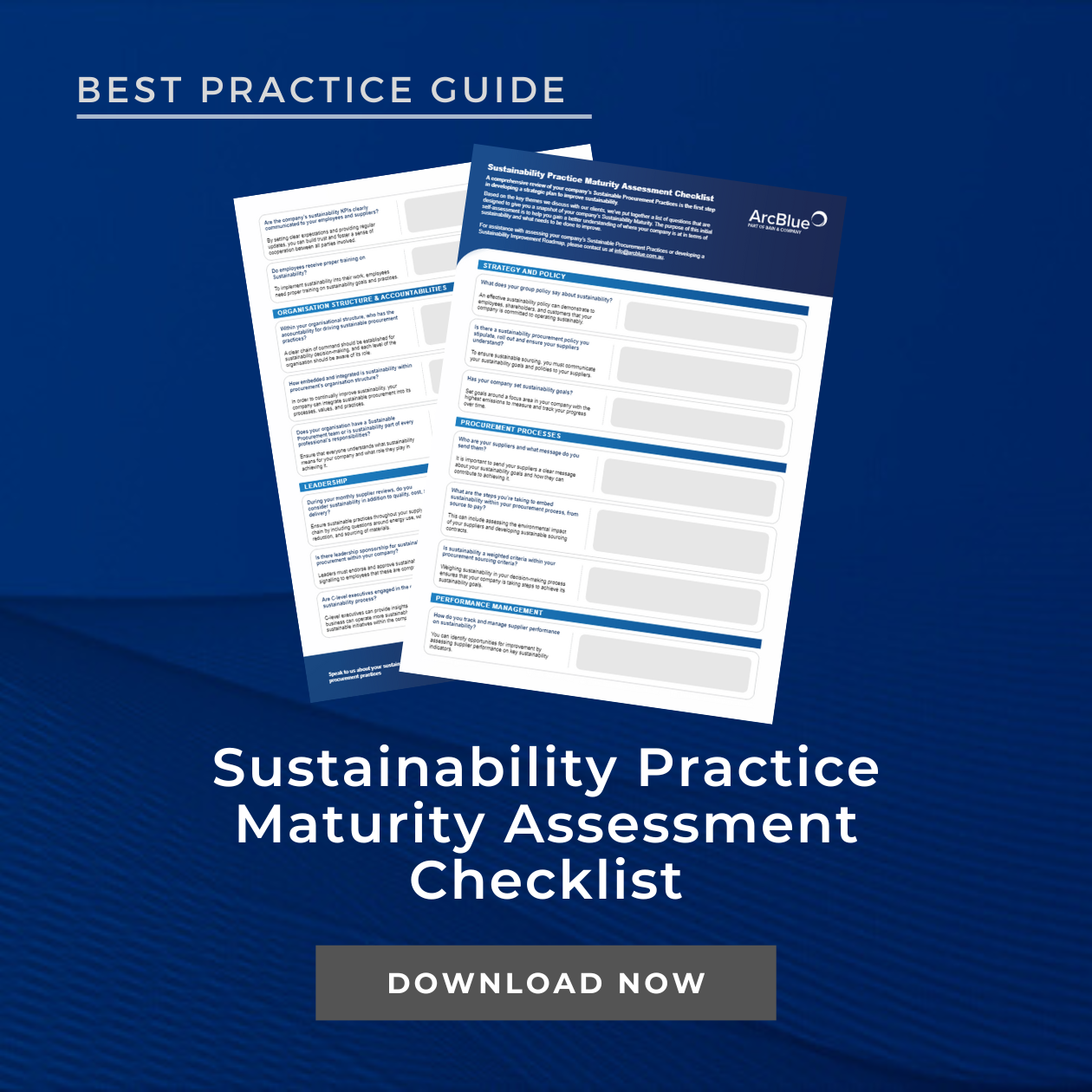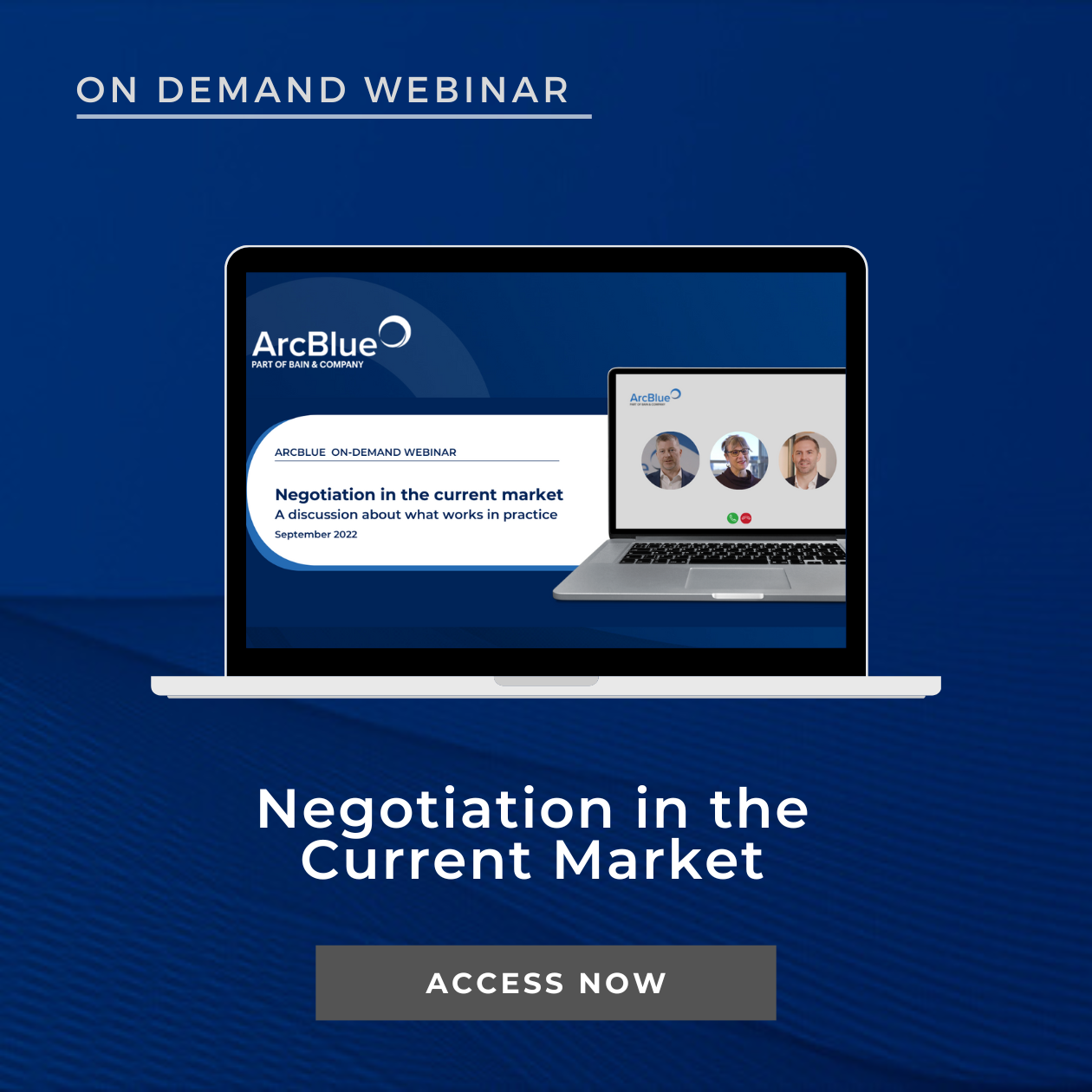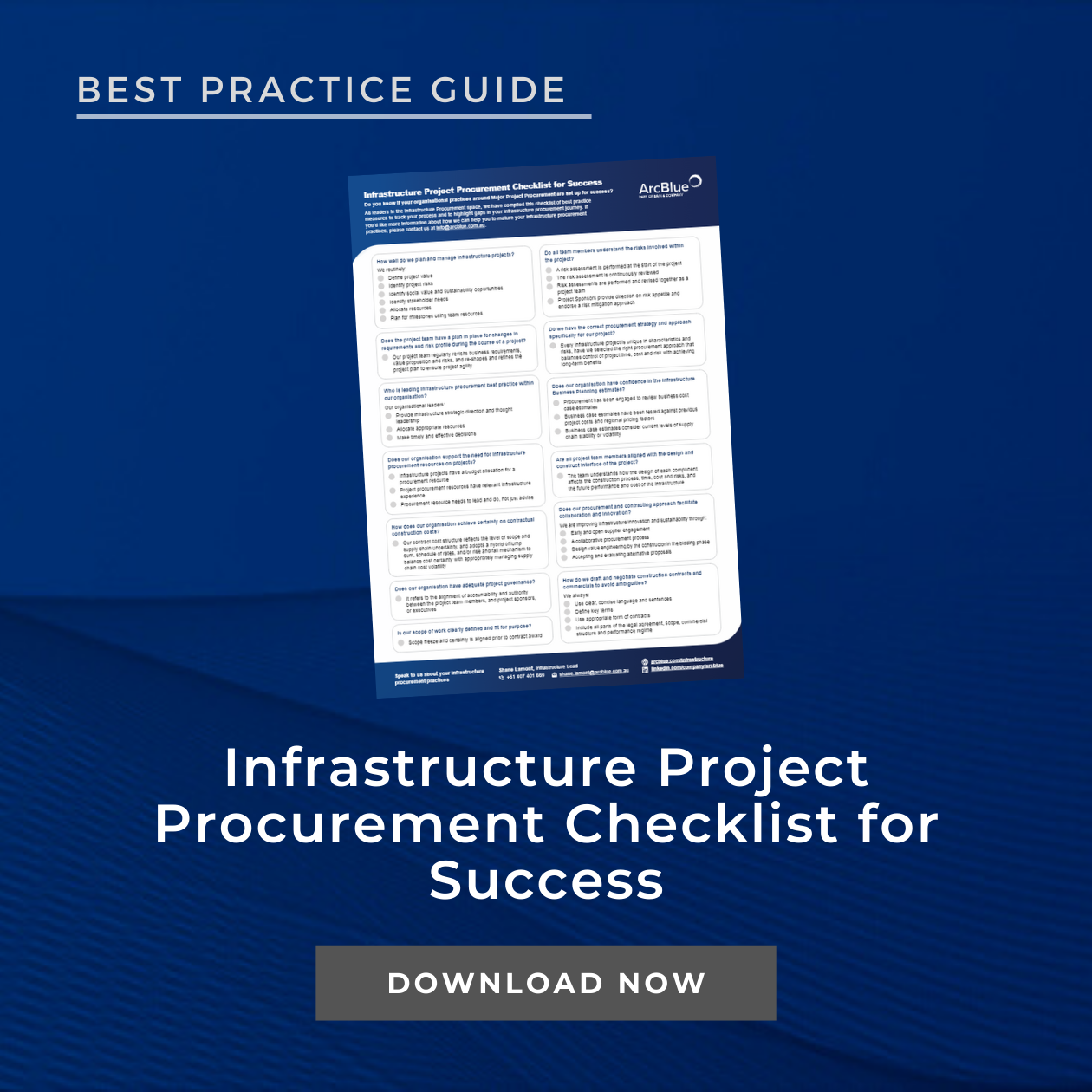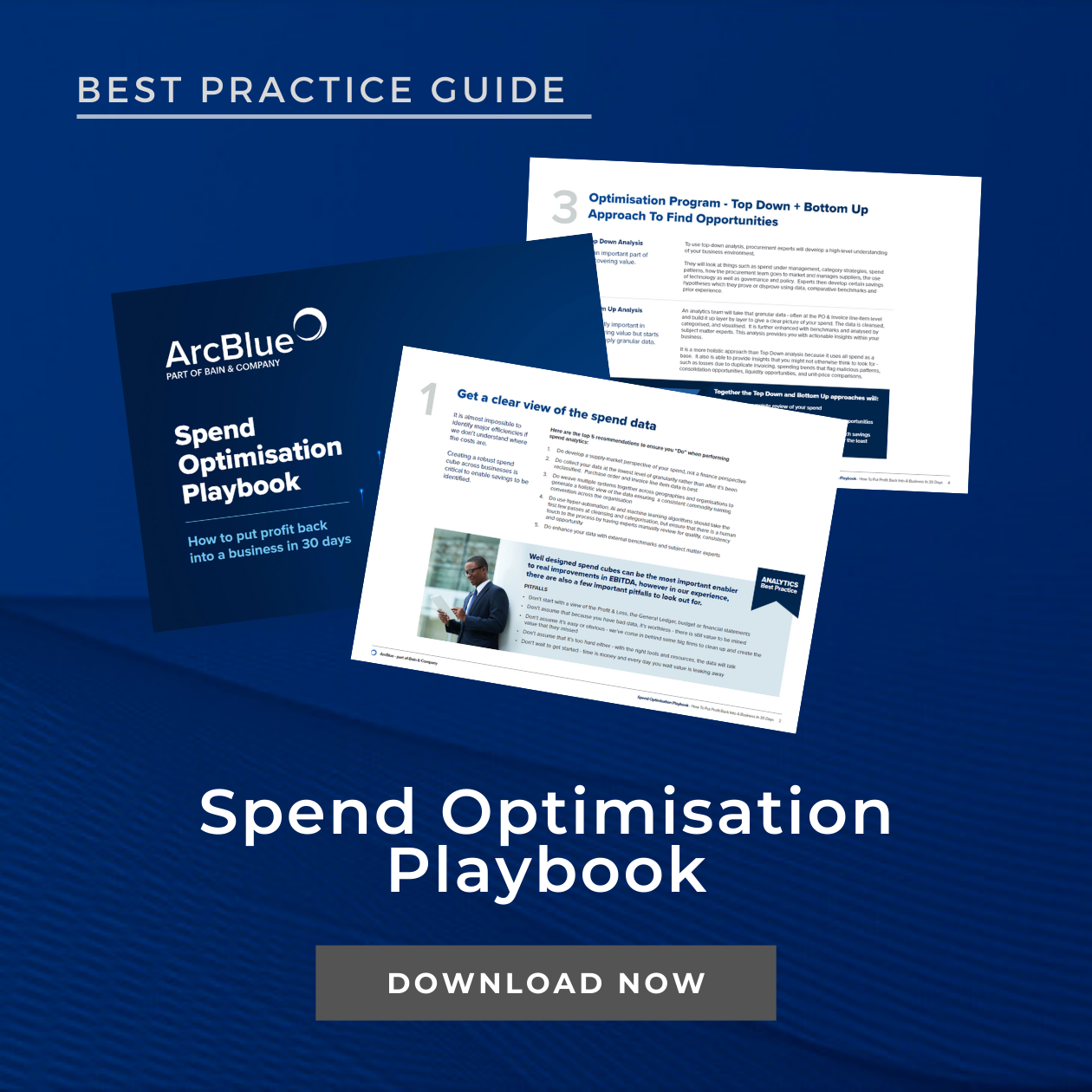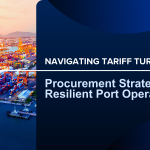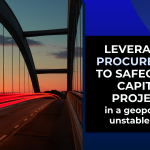- ARTICLE
Procurement’s Path to Influence
Turning Results into Recognition
May 2025
Procurement has long been viewed through the lens of cost savings, but this limited perspective is no longer enough. Procurement now has a critical opportunity to reposition itself as a strategic partner—one that drives value, shapes decisions, and influences outcomes across the organisation.
Procurement’s traditional role as a cost-saving function is evolving. In today’s complex business environment, procurement has a unique opportunity to become a strategic leader—one that delivers value beyond savings and influences key decisions across the organisation.
This article explores how procurement teams can assess their current capabilities, deepen knowledge across functional, technical, geographical, and specialist domains, and leverage high-quality data and emerging AI technologies. Crucially, it highlights the importance of storytelling and internal leadership in building procurement’s influence.
By embracing this expanded role, procurement can shift from transactional processes to becoming a vital driver of business growth, risk management, and sustainability.
The Shift from Cost Reduction to Value Creation
Value creation in procurement starts with a clear understanding of what the function truly offers. This means moving beyond a narrow focus on savings targets and identifying how procurement contributes to broader business objectives—whether that’s growth enablement, sustainability, risk management, or working capital optimisation.
For this shift to be effective, procurement teams must take an honest look at where they sit on the maturity curve. What capabilities exist today? Where is there capacity to do more? And importantly, where can procurement provide the most value in the current business environment?
This self-awareness helps procurement professionals focus their efforts where they can have the greatest impact, whether that is deepening supplier partnerships, leveraging technology, or leading initiatives that align with organisational priorities.
Four Dimensions of Strategic Procurement Knowledge
Procurement’s influence stems from the depth and breadth of knowledge it brings to the table. That knowledge can be grouped into four key areas:
- Functional knowledge – mastering core procurement processes and delivering efficiently within established frameworks. This foundation is essential for credibility and consistency.
- Technical knowledge – understanding market developments, supplier innovations, and the unique value levers within each spend category. It allows procurement to anticipate changes and adapt strategies accordingly.
- Geographical knowledge – recognising how local conditions, regional dynamics, and environmental factors impact supply decisions. This insight is critical as supply chains become increasingly global and complex.
- Specialist knowledge – knowing when to tap into external expertise to address complexity, whether it’s regulatory, logistical, or operational. This ensures procurement can navigate challenges beyond its immediate expertise.
When these areas are aligned, procurement becomes more than a support function—it becomes a strategic enabler capable of shaping business outcomes.
Data as the Foundation for Influence
Data is one of the most powerful tools available to procurement teams today. High-quality, timely data provides the credibility needed to engage with senior stakeholders. It allows procurement to speak the language of finance, justify strategic recommendations, and guide smarter decisions.
The rise of AI is accelerating this shift. While still evolving, AI is already improving visibility across the supply base, enhancing spend analysis, and supporting predictive insights. However, success with AI depends not just on the technology itself, but on knowing when the organisation is ready to adopt it. Procurement leaders must balance the pace of innovation with the readiness of the business, taking a deliberate approach to change.
By integrating AI thoughtfully, procurement can move from reactive problem-solving to proactive risk management, spotting opportunities and disruptions before they impact the business.
Storytelling as a Strategic Skill
Technical competence alone doesn’t create influence. To drive change, procurement must also be able to communicate effectively—connecting insights to impact through clear and compelling narratives.
Storytelling is central to this. Whether it’s in a boardroom discussion, a business case, or a slide deck, the ability to frame information in a way that resonates with the audience is a critical differentiator. Strong storytelling connects data, message, and objective into a cohesive argument that drives decisions and elevates procurement’s presence across the business.
Effective storytelling means tailoring the message to the audience—whether executives, finance teams, or operations—highlighting what matters most to them and linking procurement’s role directly to their priorities.
Building Influence from Within
Developing this level of strategic influence starts internally. Procurement leaders must create environments that empower their teams to think and act beyond the transactional. That means encouraging calculated risk-taking, providing coaching around decision-making, and nurturing individuals to operate as internal consultants.
When procurement professionals feel confident navigating cross-functional relationships, they naturally raise their profile. And when they understand how their role intersects with broader business goals, they become indispensable.
Building this culture requires strong leadership that models strategic thinking and invests in continuous learning, enabling teams to evolve in pace with the changing business environment.
Conclusion
The opportunity for procurement to lead is real—and growing. By clarifying its value proposition, investing in diverse knowledge, leveraging data, and telling the right stories, procurement can move from a cost-focused function to a source of strategic influence. The path forward isn’t just about savings; it’s about shaping the future of the business.
INSIGHTS
RESOURCES & DOWNLOADS






